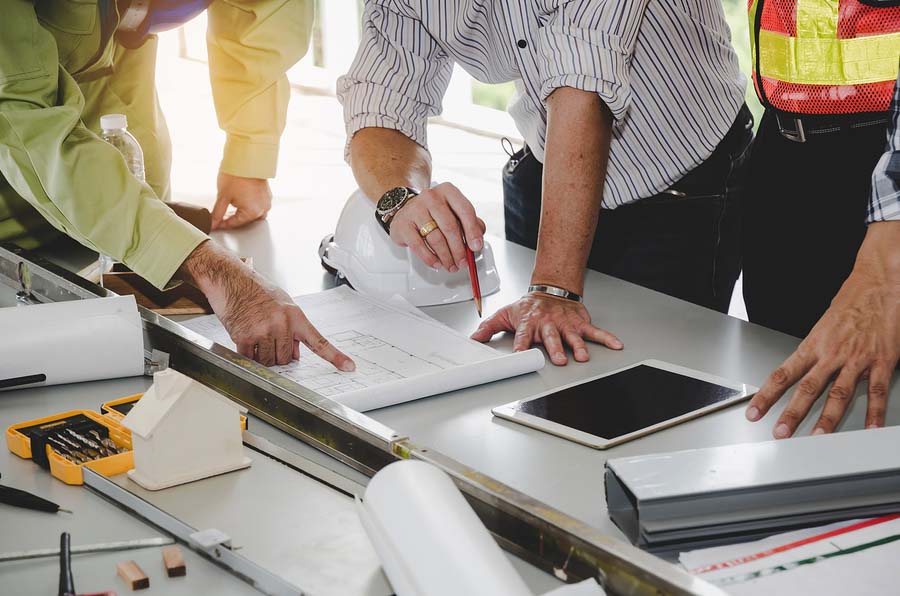Understanding Insurance in an HOA

If your home insurance is something you plan on changing this year, it is important to understand what the HOA’s master policy covers vs what your policy needs to cover. There are two different types of coverages that may be in place within your HOA. WALLS IN The first policy is a known as “studs in” or “walls in”. This means that everything in your condo, other than personal items, are covered. The most common types of policies are called “studs out” or “walls out”. These policies cover everything outside of your home, like your driveway and roof, but not what’s inside, like your appliances or surfaces. WALLS OUT For example, if your HOA has a “walls out” policy and there is an electric fire in your home, you will be responsible for the damage. If a tree falls in a storm and knocks down your fence, however, the HOA’s insurance policy will cover the repairs. Checking your HOA’s coverage before renewing your own will help keep you safe and more financially secure if, and when, an emergency strikes.
Creating a Maintenance Plan for Your HOA

Creating a Maintenance Plan for your HOA As we near the end of February, your Board conversations are likely turning to summer maintenance projects. Having an overall Maintenance Plan in place is a helpful tool to have in your pocket at this time of year. An effective approach to maintaining your Association helps to ensure you are spending maintenance dollars where they are needed the most. Five Key Goals a Maintenance Plan Should Achieve: First and foremost, a Maintenance Plan is in place to preserve the value of all owner’s investment in the property. Enhance the property value, maintain the property value and create a comfortable place to live. Increase efficiency of HOA operations. Preventative Maintenance Plans help buildings operate efficiently. By effectively maintaining equipment, it functions at the highest levels and can reduce operational inefficiencies due to unexpected breakdown and can lessen wasteful energy usage. Prevent failures of building systems. Buildings that operate trouble-free allow the occupants to enjoy the property as intended. Preventive maintenance includes regular inspections and replacement of equipment crucial to building operations. Sustain a safe and healthy environment. Protecting the physical integrity of building components preserves a safe environment for residents. Provide cost effective maintenance. Preventive maintenance can prevent minor problems from escalating into major failures and costly repairs. Preventive maintenance can be handled relatively cheaply, efficiently and systematically through advance scheduling while major failures always happen after hours, at peak billing times and to equipment that must be special ordered. An overall Maintenance Plan provides clear direction to the board and management on how and when to make repairs to building and grounds components. If followed in conjunction with a reserve study, the components will enjoy their maximum useful lives and related repair costs kept to a minimum.
